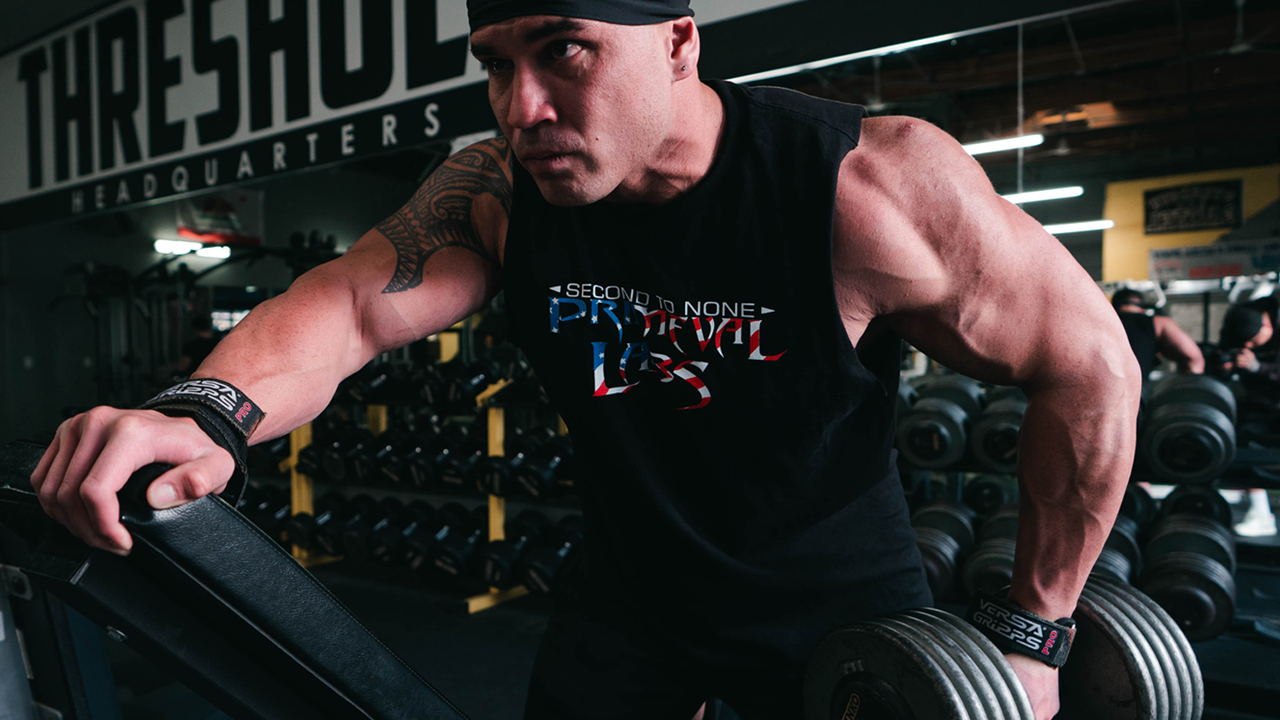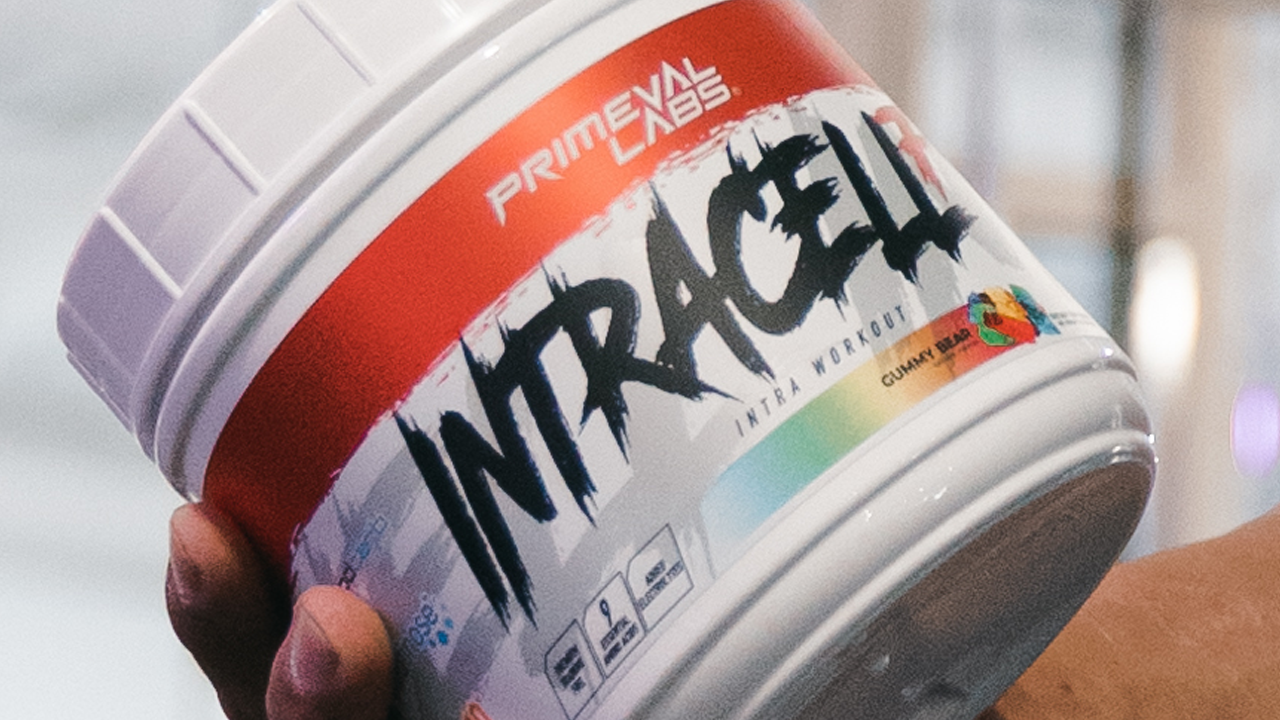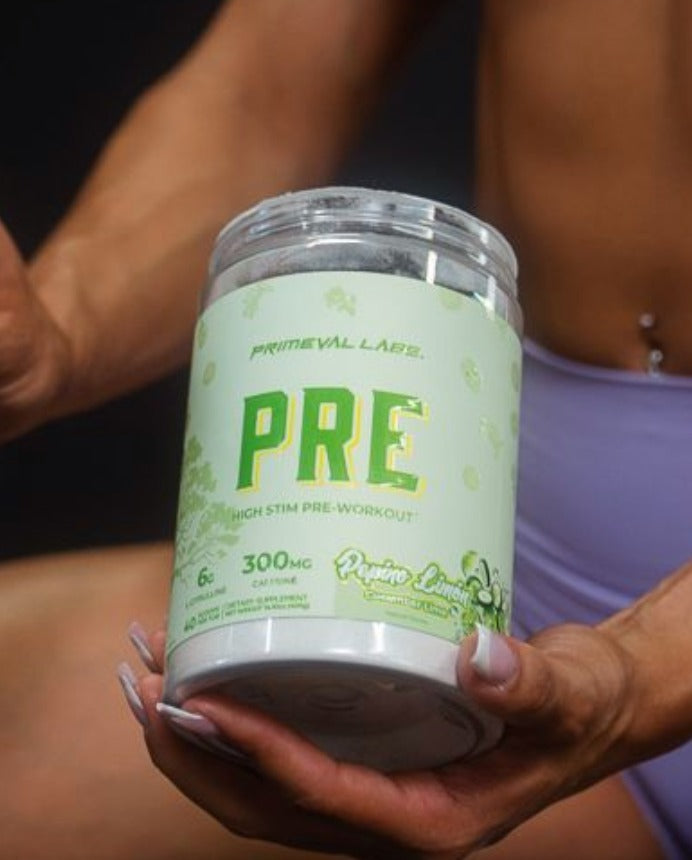Are you not seeing the kind of back gains you want from your current training program?
Are you struggling to build a cobra kai-like back?
Are pulldowns and barbell rows not giving you the type of gains you were hoping for?
Then, you’ve come to the right place.
We’ve got 5 of the best back exercises you can perform for massive lats.
Why Is Back Training So Hard?
The reason that most lifters struggle to build impressive lats is multifactorial, but it’s usually some combination of poor technique, lack of effort, inconsistency, and performing the wrong exercises.
In other words, performing a few sets of lat pulldowns and cable rows isn’t enough to build massive lats.
5 Exercises for Massive Lats
Chin Ups / Pull Ups
Chin Ups and Pull Ups have been used for generations to build some of the biggest, baddest backs around.
Simply put, chin-ups and pull-ups are one of the best back exercises for mass you can do. Plus, they hammer lats especially hard.
You’ll need to experiment with the right grip width for your anatomy and anthropometry.
Some individuals find they get a better lat contraction using a wide grip with a pronated grip while others find more tension placed on the lats when their hands are closer together using a supinated grip.
From a biomechanics standpoint, using the supinated (chin up) grip allows for a greater range of motion as well as allowing the elbows to stay closer into the sides of the body -- putting more emphasis on the lats!
Chest-Supported Row
The barbell row is a great compound exercise for hammering the entire posterior chain, but many individuals struggle to see real results from the lift on account of either poor technique (too much body English) and/or low back issues.
The chest supported row takes care of both problems in one fell swoop.
By laying on an incline bench, or using a chest-supported row machine, you can’t use leg drive or body english to hip the weight up. Similarly the prone position (laying on your chest), alleviates any potential strain on the low back -- making the muscles of the upper back (lats, rhomboids, rear delts, etc.) be the limiting factor, not your lower back.
As will all pulling movements, when you’re trying to focus on the lats, keep the arm close to the body, and drive the elbow towards the hip.
Remember, the lats originate on the spine and insert on the humerus, which means you want to pull origin to insertion to shorten the distance between the two as much as possible for maximum contraction.
Cable Row
The seated cable row is another staple exercise in back training that can be performed with a wide variety of grips, elbow positions, and pulling angles.
It can also be performed bilaterally (with both arms) or unilaterally (one arm at a time), making it a great option if you’re looking to build your back and work on any discrepancies between the two sides of your body.
To emphasize the lats, make sure you’re using a neutral or supinated grip and keeping the elbows tight to the body when pulling.
Furthermore, make sure to get a full (extreme) stretch at the bottom of the movement by allowing your shoulders to round, your chest to cave a bit, and your scapula to protract. Then, when you initiate the pull, reverse everything, pull your shoulders down and back, retract the scapula and maintain a proud chest by going into thoracic extension.
This subtle tweak to your rowing technique will translate to greater gains due to the added stretch on the lat fibers and more intense contraction on the positive portion of the rep.

1-Arm Barbell Row (aka Meadows Row)
The 1-arm barbell row, popularized by bodybuilding great John Meadows, is a movement he credits more than anything else with building up his back.
It can be performed two ways:
The first way is where you’re standing perpendicular to the barbell and pull with your elbow to the side. This targets the upper traps, rhomboids and rear delts.
The second way to perform the exercise (and the preferred way if you’re looking to emphasize the lats) is to stand parallel (on the side of the barbell) to the bar and pull with your elbow close into your body.
For the lat-focused Meadows row, make sure you’re grabbing the shaft of the barbell, not the sleeve (the end part of the bar typically grabbed when performing the rhomboid-focused version of the meadows row).
It also helps to use 25-pound plates instead of 45s as the smaller diameter of the 25s means the barbell sits lower to the ground, increasing the range of motion your lats have to go through during the movement -- yielding more muscle growth!
Straight-Arm Pulldown
Thus far, we’ve covered four compound exercises for massive lats. Now, we end with an isolation exercise for the lats to really help burn them out and finish them off properly.
The straight-arm lat pull down really drives home one of the primary functions of the lats -- bringing the humerus (upper arm bone) down and back.
Make sure to keep a slight bend in the elbow to make sure the lats are doing the work and not the triceps. At the top of the movement, you should feel an intense stretch in your lats and at the bottom of the movement, squeeze your lats as hard as possible while maintaining a proud chest.
Massive Lats Training Tips
Proper Execution of the Right Exercises
A crucial component to building massive lats (and a well-built back) is performing a variety of movements that are executed with proper technique.
When you’re specifically trying to emphasize the lats, you need to be cognizant of your elbow position when performing any pulling exercise.
The closer to your torso that your elbow is the more lat emphasis there will be. On the flip side, as your elbow drifts further away from your torso, you begin to emphasize more of the upper traps, rhomboids, and rear delts.
Also, make sure you’re not turning the movement into a bicep exercise by leading the movement with your hand or wrist. Instead, imagine that your hand is simply a hook and initial the pull from the elbow. This will further help to emphasize that the lats are doing the work and not the forearms and biceps.
Progressive Overload is a Must
Simply performing the right exercises isn’t enough.
You also need to train hard enough and constantly strive for progressive overload (more reps, more weight, more time under tension, etc.) to get the kind of back that turns heads.
Every workout you should be singularly and intently focused on progressively overloading your training either by improving technique, adding reps, adding weight, and/or increasing range of motion.
Failure to progressively overload your workouts will lead to plateaus -- even if you’re performing the best exercises to grow massive lats.
Consume Enough Calories
One other important piece of the puzzle to growing massive lats that cannot be neglected is nutrition.
Simply put, if you want to build massive lats (or any other body part) you need to fuel your body with the proper fuel, meaning you need to consume enough protein, carbohydrates and fats to support muscle recovery and growth.
If you’re looking to actually build muscle in the most efficient manner, this means you’ll need to be in a calorie surplus, whereby you’re consuming more calories than your body burns in a day.
To support muscle growth while minimizing fat gain, most individuals do best by starting with a 10% surplus.
So, that means if your maintenance calories are 2500 calories per day, you’d consume an extra 250 calories each day (bringing your total daily calorie intake to 2750 calories).
Our preferred sources of protein to include when trying to build muscle are:
- Lean beef
- Chicken
- Turkey
- Pork
- Eggs
- Cottage Cheese
- Greek Yogurt
- Game meats (bison, elk, etc.)
- Fish
- Shellfish
- WHEY protein
Top sources of quality carbohydrates to include in the diet are
- Oats
- Rice
- Potatoes
- Sweet potatoes
- Whole grains
- Fruit
- Vegetables
- Whole-grain bread or pasta
For added performance and recovery, it may also be helpful to consume some intra workout nutrition in the form of fast-digesting carbohydrates and essential amino acids.
This is why we created Intracell.
Intracell is a top-tier intra workout supplement containing 20g of high-performance carbohydrates (including Cluster Dextrin, Palatinose and Carb10) as well as a comprehensive blend of essential amino acids (EAAs) to support muscle recovery and growth, boost performance, and limit protein breakdown.
Turbocharge Your Back Training with Ape Sh*t Pre Workout!
The quest for massive lats is rife with perils -- improper technique, lack of intensity, and flat out not training the back at all.
To build a massive back you have to be willing to put in the time, effort, and patience that it takes to build any other body part.
And that begins with showing up for each and every training session, no matter how busy or hectic your day was or how tired you may be.
That’s why we created Ape Sh*t pre workout.
Ape Sh*t pre workout is a high-energy pre workout supplement formulated to deliver intense energy, boost aggression, and support performance. It was specifically created for those occasions when you’ve had a hell of a day and the last thing you want to do is wreck yourself in the gym. But, once taken, you’ll be invigorated with the fire of a 1,000 suns and ready to tackle even the most daunting of lat workouts!

















Leave a comment
This site is protected by hCaptcha and the hCaptcha Privacy Policy and Terms of Service apply.